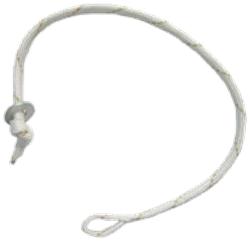 Installing or replacing a closing loop is an important part of safely packing a main canopy, but unfortunately is something that often doesn't get a great deal of attention.
Installing or replacing a closing loop is an important part of safely packing a main canopy, but unfortunately is something that often doesn't get a great deal of attention.
Who?
The person packing the equipment and the owner both have a responsibility to ensure that the kit is safe to jump, which includes changing the closing loop when required. No advanced packing ratings are required to change a closing loop, this can be done by anyone suitably trained (e.g. packing certificate).
When?
Closing loops should be replaced at the first sign of wear. The USPA dictates that no more than 10% wear is acceptable. If you're looking at your loop wondering whether or not it needs replacing, then it needs replacing!
Why?
A loose or damaged closing loop risks a premature deployment - a very undesirable situation in the aircraft, in freefall, and especially whilst climbing out the door. Is it really worth pushing a £2 closing loop for an extra few jumps at the risk of taking down the entire aircraft?
How?
Remove your old loop from your rig. Depending on the container design, you may want to leave one end of a pullup in to make it easier to get the new loop back through the grommet.
Ensure you have a smooth washer with the correct size hole. If one side of the washer is smoother inside the hole, put this on the top (i.e. the side with the loop) where there will be more movement.
Tie a knot in your new loop to make it approximately 5-10% shorter than your old loop (the loop will stretch). Check that the loose end below the knot has the fingertrapped line inside (i.e. check that the knot is tying part of the fingertrap).
Put the loop back in your container and continue packing.
Always check the manual for your container for the correct closing loop length and routing.
Below are some loops and washers we've found in people's kit.
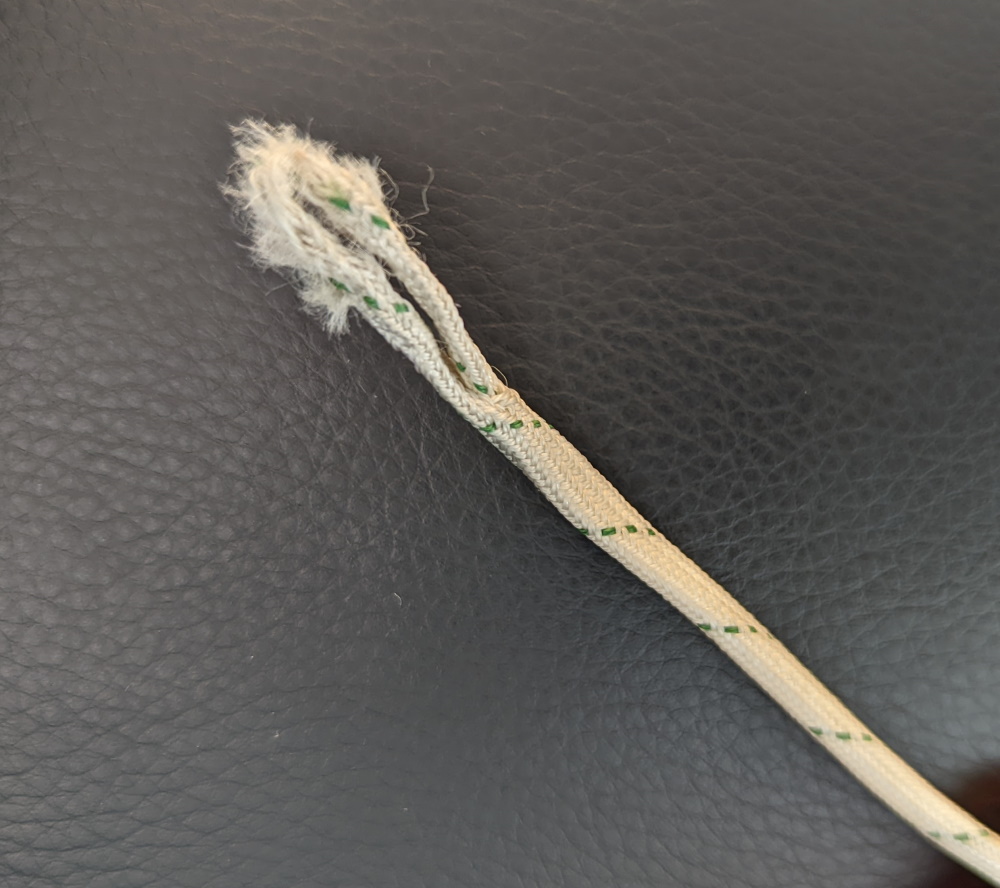 | 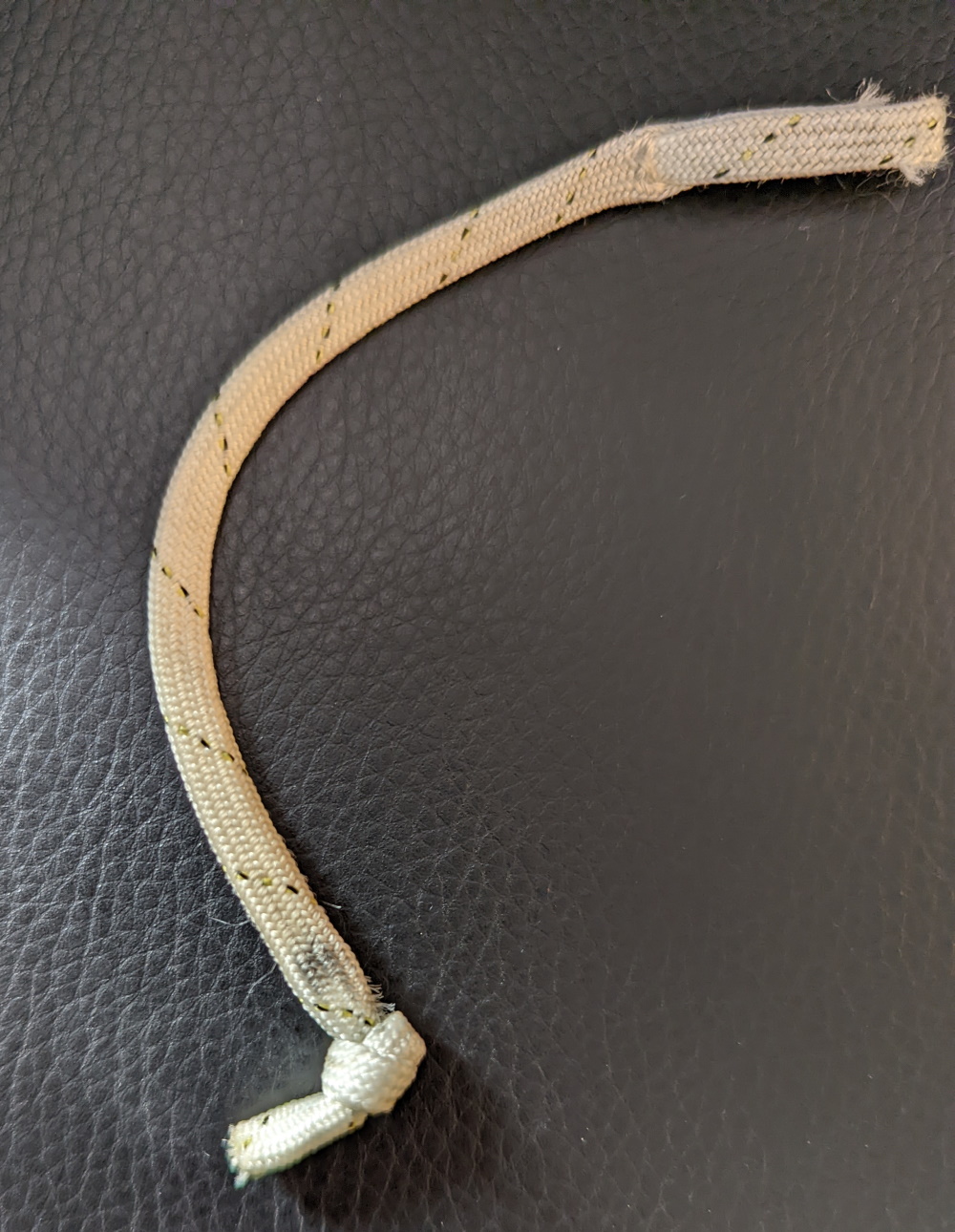 | 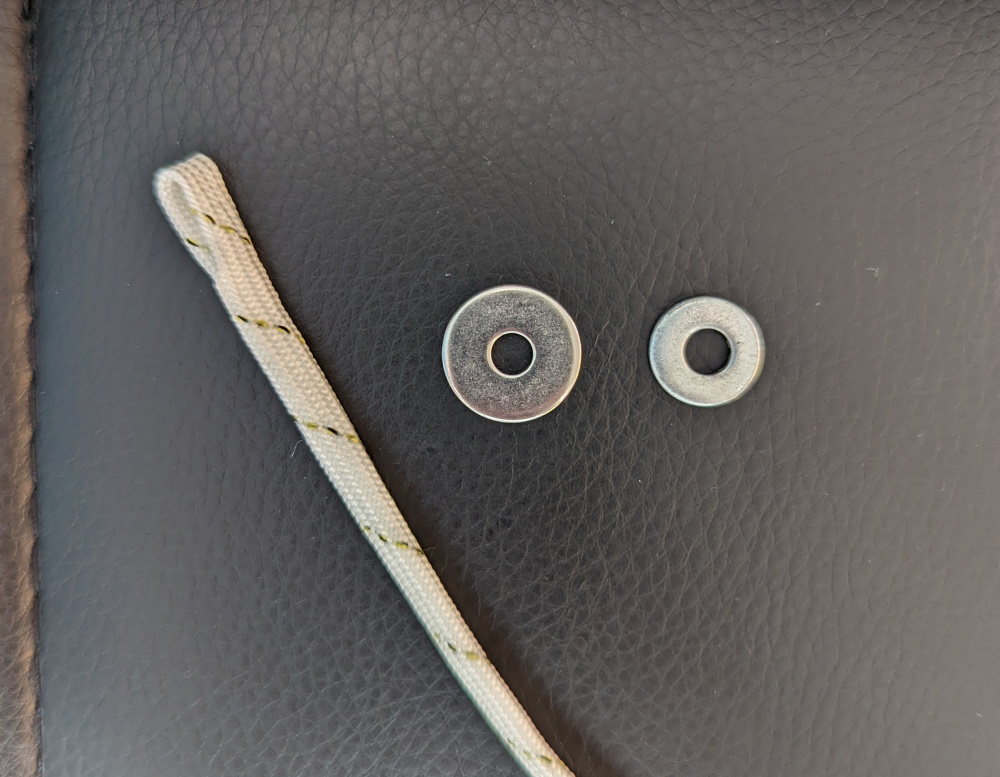 | 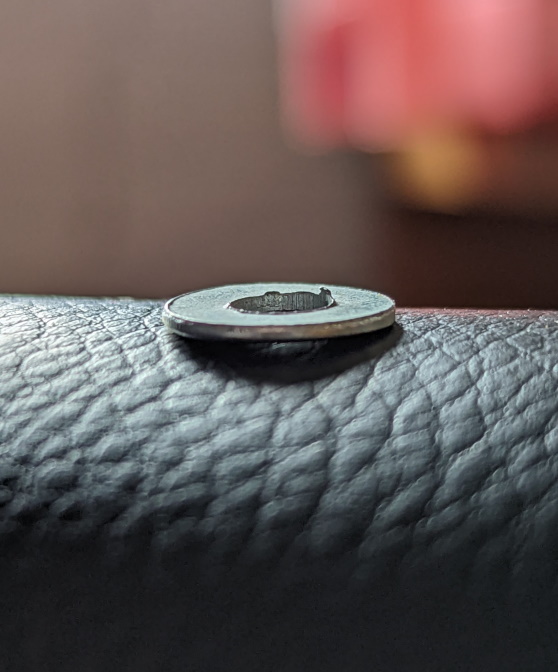 |
| This closing loop should have been changed a LONG time before this was spotted. | There is a fair amount of wear on this loop and it should be changed immediately. Can you see the first signs of wear near the knot too? | The closing loop is in good condition. The washer on the left is what we recommend; the hole is just big enough to allow the loop material through, but too small for the knot. The smaller washer on the right is more flimsy and could bend. The hole is too big meaning the knot could be pulled through, and there's more room for movement which could cause damange by the knot. | This washer has a rough metal edge which would cause some serious damage to the closing loop and likely the container itself. |

 AADs
AADs  Containers
Containers  Canopies
Canopies  Used Rigs
Used Rigs  Used Rig Components
Used Rig Components  Full Face Helmets
Full Face Helmets  Open Face Helmets
Open Face Helmets  Helmet Spares
Helmet Spares  Helmet Accessories
Helmet Accessories  Visual Altimeters
Visual Altimeters  Audible Altimeters
Audible Altimeters  Altimeter Mounts
Altimeter Mounts  Altimeter Spares
Altimeter Spares  Packing
Packing  Gloves & Goggles
Gloves & Goggles  Knives
Knives  Logbooks
Logbooks  Bags & Cases
Bags & Cases  Camera
Camera  Rigging Tools
Rigging Tools  Rigging Materials
Rigging Materials  Black Friday Rig Deals
Black Friday Rig Deals  End of Season 2025 Clearance
End of Season 2025 Clearance  Used Gear
Used Gear  Clearance Stock
Clearance Stock  Gift Ideas
Gift Ideas  Rentals
Rentals  Rigs
Rigs  AAD Spares
AAD Spares  Container Spares
Container Spares  D-Bags & Freebags
D-Bags & Freebags  Main & Reserve Pilot Chutes
Main & Reserve Pilot Chutes  Lanyards
Lanyards  Risers & Toggles
Risers & Toggles  Cutaway & Reserve Handles
Cutaway & Reserve Handles  Bungees & Elastics
Bungees & Elastics  Loops & Links
Loops & Links  Container Accessories
Container Accessories  Main Canopies
Main Canopies  Reserve Canopies
Reserve Canopies  Linesets
Linesets  Canopy Spares
Canopy Spares  Canopy Accessories
Canopy Accessories  Jumpsuits
Jumpsuits  Formation (FS)
Formation (FS)  Freefly (FF)
Freefly (FF)  Swoop Shorts
Swoop Shorts  Working
Working  Camera
Camera  Tunnel
Tunnel  Helmets
Helmets  Altimeters
Altimeters  Accessories
Accessories  Clothing
Clothing  Rigging
Rigging  Line & Cable
Line & Cable  Tapes
Tapes  Webbing
Webbing  Hardware
Hardware  Threads
Threads  Fabrics & Netting
Fabrics & Netting  Elastic & Velcro
Elastic & Velcro  Sale
Sale  Services
Services  Winter Jumping
Winter Jumping  DZ / Sub Dealer
DZ / Sub Dealer